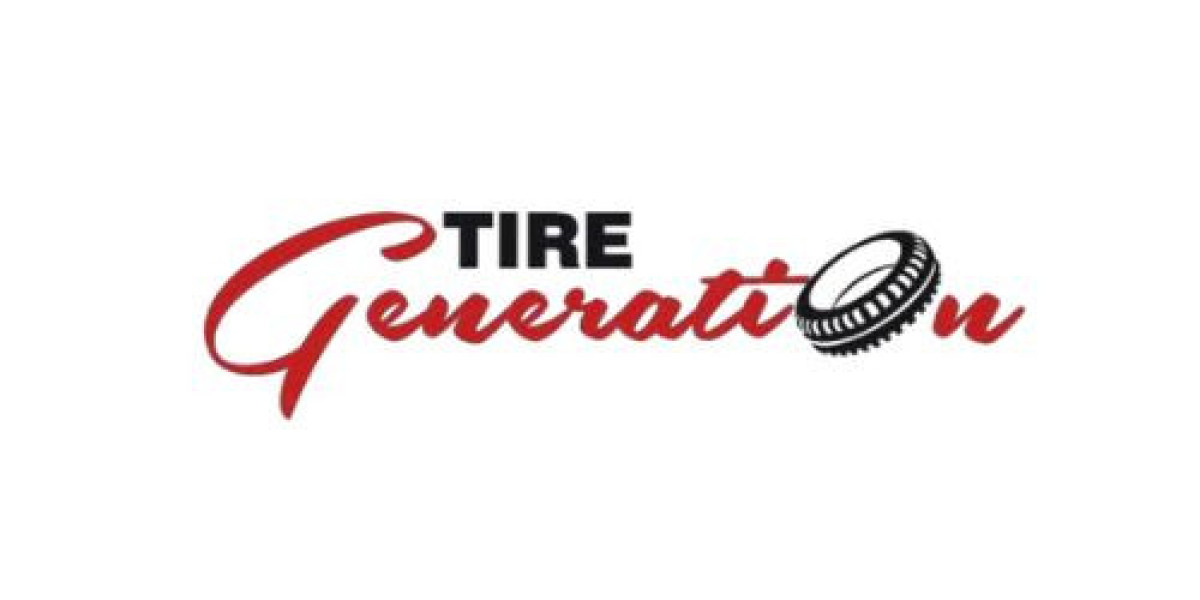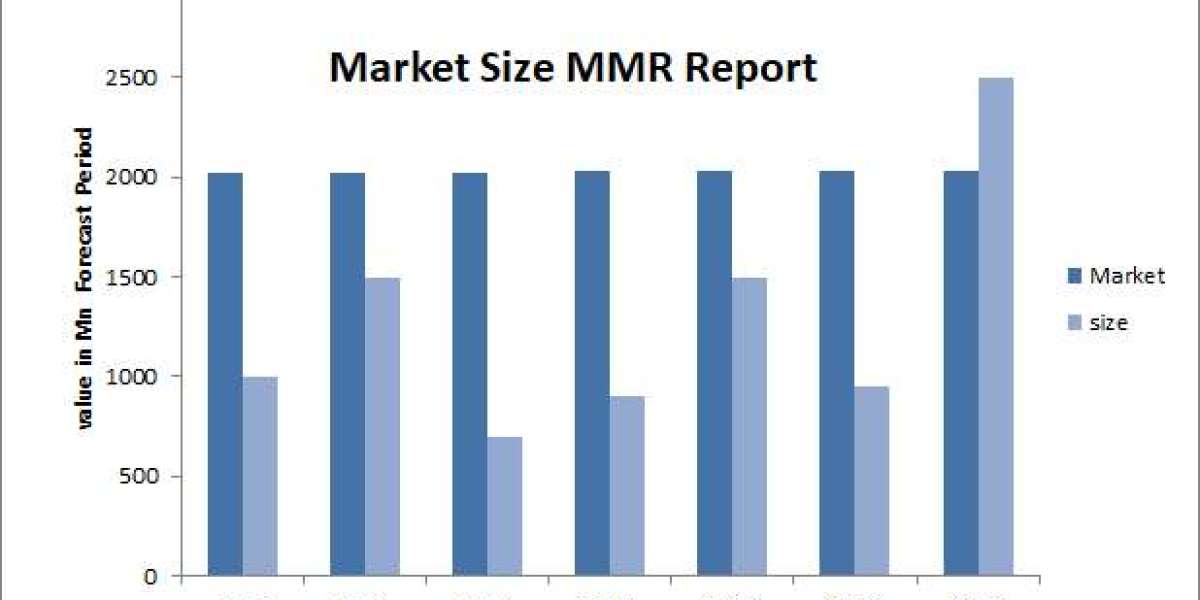What is VAT in the Digital Age (ViDA)?
The ViDA stands for 'Value-added tax in the Digital Age', which is an initiative of the European Commission to modernise the existing European VAT system. It is a set of measures to amend the existing VAT Directive, which is also known as Council Directive 2006/112/EC.
The European Commission put forward ViDA on December 8, 2022, to improve tax compliance within Europe. After nearly two years of negotiations and some significant adjustments, the European Council adopted this package of measures on November 5, 2024. Interestingly, it includes a directive, a regulation, and an implementation policy scheduled for rollout from 2025 to 2035. Now, let's learn about what exactly ViDA includes in the next section of this article.
What measures does VIDA include?
As defined by the European Commission, ViDA will regulate three areas in particular. These areas are:
Digital reporting requirements (DRR)
In the future, organisations that function across the border will have to report transactions to the tax authorities in a standardised manner and in real time. This makes auditing easier for governments and increases transparency for these entities. The foundation of real-time processes is based on electronic invoicing and reporting, which allows companies to easily transmit their invoices to the government authorities and simplify the overall approval process. With the help of VAT in the Digital Age, companies can leverage real-time transmission and reduce the time required to send invoices from physical channels, enabling better cash flow management.
The platform economy
Platform economies are marketplaces where operators provide the framework to bring organisations together with customers. ViDA changes the value-added tax rules for systems that offer passenger transport and short-term accommodation.
Before ViDA, those subject to VAT competed on these platforms with persons providing VAT-exempt offerings. It will help reduce the instances of both double taxation and non-taxation. To provide fair conditions in the future, platforms must collect and pay VAT from private individuals who are not subject to it. Moreover, platform operators must keep information on B2B and B2C solutions easily accessible.
Expansion of the one-stop shop system
The EU operates three one-stop shops, or OSS systems, for central sales reporting to private entities within the European Union. The VAT in the Digital Age includes an expansion of one-stop shop systems that enable more companies to process their sales taxes via a single online portal and in one language. For instance, the EU has approved documentation sales of certain items for the OSS procedures. ViDA also makes it possible to report movements of the warehouse to other EU member states through OSS. Affected organisations only have to register for VAT once.
Moreover, the European Council decided that the overall responsibility in B2B transactions will transfer from suppliers to buyers if the suppliers are operating in other member states. This was already possible in some cases before ViDA and is rapidly gaining momentum as a standard.
What is the implementation timeline for ViDA?
July 2030
Digital Reporting Requirements (DRR) will become mandatory for intra-EU transactions and remain optional for domestic transactions.
January 2035
Harmonisation of tax compliance and reporting for domestic and intra-community transactions will take effect. Member states that have already implemented DRR or received a derogation before January 1, 2024, must adopt their e-invoicing model and obligations to adjust to the EU standards.
What are the EU's intentions with ViDA?
The main goals of ViDA are the modernisation and digitalisation of the current VAT processes. With the obligation to electronic invoice and real-time documenting, businesses can, for example, transmit their tax data digitally and in a standardised manner. This not only benefits companies but also makes audit processes easier for tax authorities.
The overall improvement in the transparency and traceability of financial operations by introducing DRR, among other things, is also a key offering of VAT in the Digital Age. This directly helps combat tax evasion where dishonest entities commit VAT fraud through fictitious cross-border dealings. As a matter of fact, as per a recent study, the EU countries have lost billions of euros in VAT revenue. This can be easily changed with the measures planned with ViDA, where the EU countries can generate sizable amounts of revenue in added VAT returns each year.
Another goal behind ViDA is to provide company growth and increase sales and tax revenues. The planned new regulations can help reduce bureaucratic burdens, especially for small and medium-sized enterprises.
To whom does ViDA affect?
ViDA affects all actors in the European external market, from cross-border companies to platforms and tax authorities. Let's understand this perspective in this section:
Companies with cross-border activities: Many organisations that offer goods and services within the European Union must prepare for Digital Reporting Requirements (DRR). They will have to report transactions to the tax enforcement entities in real time and issue electronic invoices in a standardised format to ensure a streamlined tax compliance. However, the only special cases are those companies that make intra-European sales transactions to private entities or individuals.
Small and medium-sized enterprises (SMEs): This new set of regulations also affects smaller operators that might previously have only been active in the national market. These small players must adapt their internal processes to the latest electronic invoicing and reporting obligations.
Platform operators: Digital marketplaces and online platforms that offer short-term rentals and passenger transport services must take charge of collecting and paying sales tax. They must make sure that they effectively tax their sales.
Tax authorities of the EU member states: ViDA also impact tax authorities. They benefit from digital reporting requirements because real-time data allows them to get better insights into transactions and enables them to combat tax fraud more efficiently.
Customers: Customers will also witness the impact of VAT in the Digital Age. With ViDA in place, they can receive standardised digital invoices that comply with the new reporting requirements.
Conclusion
As explained in this article, the ViDA initiative transcends compliance updates, preparing the organisations and tax authorities for the digital transformation. This comprehensive reform, by mandating e-invoicing and adapting to new economic models, is not just about closing tax gaps. It's a foundational move to foster a more transparent, efficient and equitable landscape across the EU, compelling organisations to modernise for future growth.







